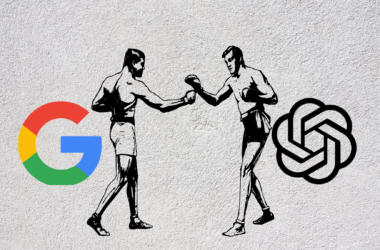The metaverse is the advancement of connectivity. It is a digital space where digital representations of people and things interact more immersively.
People’s real-life situations are duplicated digitally, and people interrelate from a distance but as though they are together through the use of VR, AR, and video. It can be thought of as an internet that we are inside, rather than one we are merely looking at.
According to Jon Radoff, entrepreneur, author, and game designer, the metaverse can be organized into seven layers. Each layer solves problems and produces value and thus provides opportunities for entrepreneurs and investors.
Layer 1 – New Experiences
This is the layer most people first interact with when they think of the metaverse. It is where the physical and digital worlds collide. Here, users interact in digital environments through shopping, games, NFTs, virtual assistance, and immersive worlds.
Layer 2 – Discovery
Here, users are introduced to new experiences. It is the most profitable for businesses. Discovery can be categorized as either inbound or outbound. Inbound discoveries involve app stores and search engines that provide reviews and ratings; Outbound involves notifications and display advertising.
Layer 3 – Creator Economy
This layer houses the entire tech tools creators use in creating diverse experiences that entertain people. In the metaverse, creators will be exposed to various templates, tools, and marketplaces to develop their web tech content.
For example, today, one can use WIX to launch and run a fully-functioning website without coding. These tools provide opportunities and decision-making powers to the creators, thus enabling an actual creator economy.
Layer 4 – Spatial Computing
Spatial computing is a three-dimensional form of computation that reduces the boundaries between the real and the virtual world. It is the blending of physical and virtual spaces through 3D engines and programs, AR, VR, XR, and mapping.
This layer also involves the Internet of things (IoT), which consists of the rise of biometric applications for health and fitness. It also provides voice recognition, gesture recognition, and smart-home technology.
Layer 5 – Decentralization
A vital feature of the metaverse is that it will be decentralized, open, and distributed. Decentralization is the transfer of control and decision-making from a centralized entity (individual, organization, or group) to a distributed network. It includes blockchain technology and smart contracts, open-source platforms, cryptography.
Layer 6 – Human Interface
Human interface refers to all the technology that expands our physical bodies with digital tech. It includes VR headsets, smart glasses, neural networks, haptics, and wearables. For example, oculus quest, 3D printed wearables, etc.
Layer 7 – Infrastructure
Infrastructure involves the underlying tech and network features that power the metaverse, such as 5G and 6G networks, Wi-Fi, cloud architecture, and graphics processing units (GPUs).
For more information, please visit us @GoSpeedHub on Facebook, Instagram, and Twitter.
Image Source – Meta









